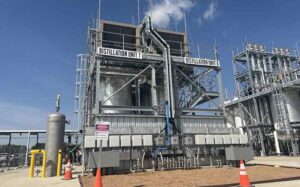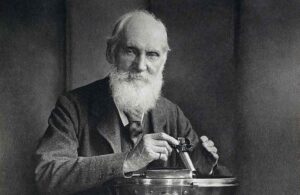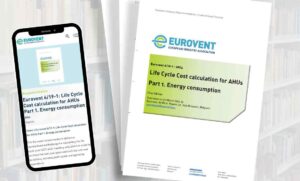Study looks at cooling tower industry
19th November 2019
BELGIUM: The Eurovent Association has published an overview of the evaporative cooling tower industry, its contribution to reducing CO2 emissions today and its future potential.
The result of a two-year special project – Evaporative Cooling 2030 – the overview includes a study of the European evaporative cooling industry, detailing its size and scope.
Compiled in close cooperation with Europe’s leading evaporative cooling equipment manufacturers Baltimore Aircoil Company, Decsa, Evapco, Gohl, Jacir, KTK and Mita, the study considers a variety of load profiles, climate conditions, and control strategies. One year of operation was simulated for each system; the same yearly load profile and weather conditions were used in all simulations. The results of this study show that the refrigeration system using wet cooling towers has the lowest year-round CO2 footprint.
Rob Vandenboer, chairman of Evaporative Cooling 2030 (SP-CT2), commented: “When comparing a highly efficient evaporative cooling system with an alternative dry cooling solution, the CO2 saving potential of the evaporative cooling for the entire system is clearly proven by this robust simulation. This project eliminates the challenge that every end-user, designer and legislator faces when they want to truly understand the CO2 emission reduction potential of evaporative cooling.”







